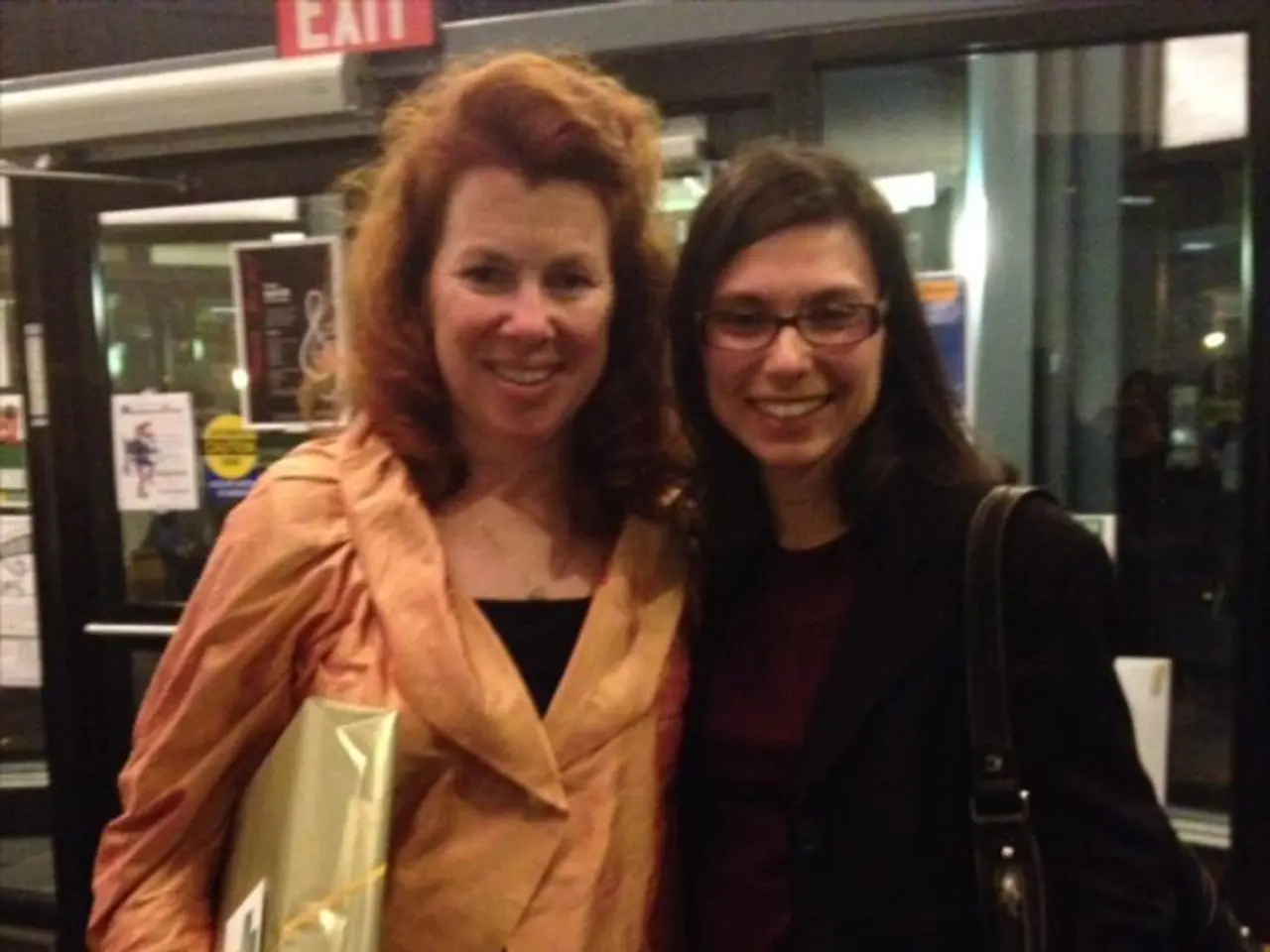Real Estate Investment: Prosperity or Peril in the Property Sector?
In the dynamic world of real estate, the impact of small mom-and-pop investors and large institutional investors on the U.S. housing market couldn't be more different. Recent data reveals several key distinctions in market share, ownership, flexibility, pricing, and overall influence.
According to a report, small mom-and-pop investors, who typically own between one and five homes, account for approximately 85% of all investor-owned residential properties in the United States. By contrast, large institutional investors owning 1,000 or more homes represent only about 2.2% of investor-owned residential properties [3].
In terms of numbers, investor-owned homes now make up roughly 20% of the nation’s 86 million single-family homes. However, the majority are held by smaller-scale investors rather than institutions [3].
Small mom-and-pop investors are often everyday people with rental properties as side investments, making them more approachable and flexible than institutional investors who operate within strict financial and operational frameworks [1]. These smaller investors may be more willing to offer creative financing options, such as seller financing, which can lead to better pricing opportunities for buyers and more negotiated deals compared to the more rigid approaches of institutional players [1].
Contrary to the common perception, large institutional investors are not the primary drivers of soaring home prices during the post-pandemic years. Instead, credit for that goes to a decade of underbuilding and historically low mortgage rates [10].
Institutional investors tend to focus on large-scale acquisitions and rental portfolios, often pursuing homes as part of build-to-rent strategies or large multifamily properties, while mom-and-pop investors are more likely to invest in small multifamily units or single-family homes that require a hands-on management approach [1].
Recent data shows that only about 5% of homes purchased by investors belong to institutional investors, while mom-and-pop investors make up the larger portion of investor purchases—around 25% [2]. Institutional investors have recently been retreating or selling more homes than they buy, reducing their overall impact, while mom-and-pop investors continue to hold a substantial share [3].
The entrance of massive institutions and hedge funds has distorted public opinion on the reality of investor activity in the housing market. However, the overwhelming majority of investor-owned homes are held by mom-and-pop investors who own and rent a handful of properties [1][2][3].
In May 202x, investor purchase activity jumped to its highest level in at least five years, accounting for nearly 27% of all residential home purchases. Yet, this increase did not significantly impact housing affordability and market dynamics as much as the soaring home prices due to underbuilding and low mortgage rates [9].
The Humans Over Private Equity (HOPE) for Homeownership Act was introduced to "put an end to the harmful practice of hedge funds buying up single-family homes." However, it's important to note that the majority of investor-owned homes are not owned by large institutions but by small mom-and-pop investors [6].
In conclusion, small mom-and-pop investors have a more flexible, localized, and substantial presence in the U.S. housing market compared to larger institutional investors, who represent a smaller share and tend to follow more rigid investment strategies. Mom-and-pop owners’ dominance in investor-owned properties means they significantly influence housing availability and pricing, often in ways that differ from the impact of large institutional players [1][2][3].
- In the realm of financing, many small mom-and-pop investors might opt for seller financing, offering more negotiated deals and potentially better pricing opportunities for buyers, differentiating them from the more rigid approaches often seen with large institutional investors.
- The housing-market landscape, particularly in terms of investor-owned properties, largely favors small mom-and-pop investors. They make up around 25% of all home purchases by investors, far outweighing the 5% owned by institutional investors.
- When it comes to business strategies, large institutional investors tend to focus on large-scale acquisitions and rentals, while mom-and-pop investors are more likely to invest in small multifamily units or single-family homes that require hands-on management, demonstrating a significant difference in investment styles within the real-estate sector.




